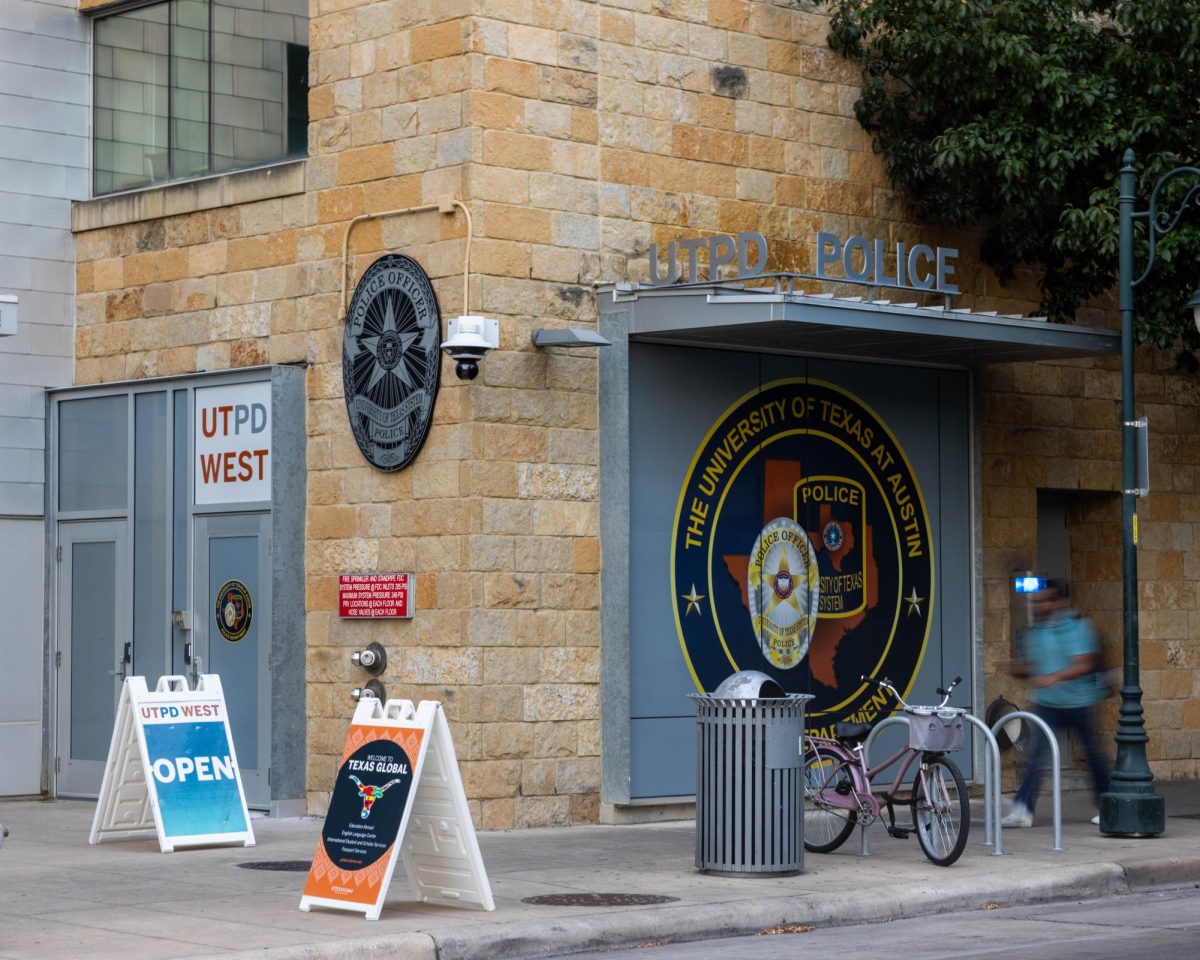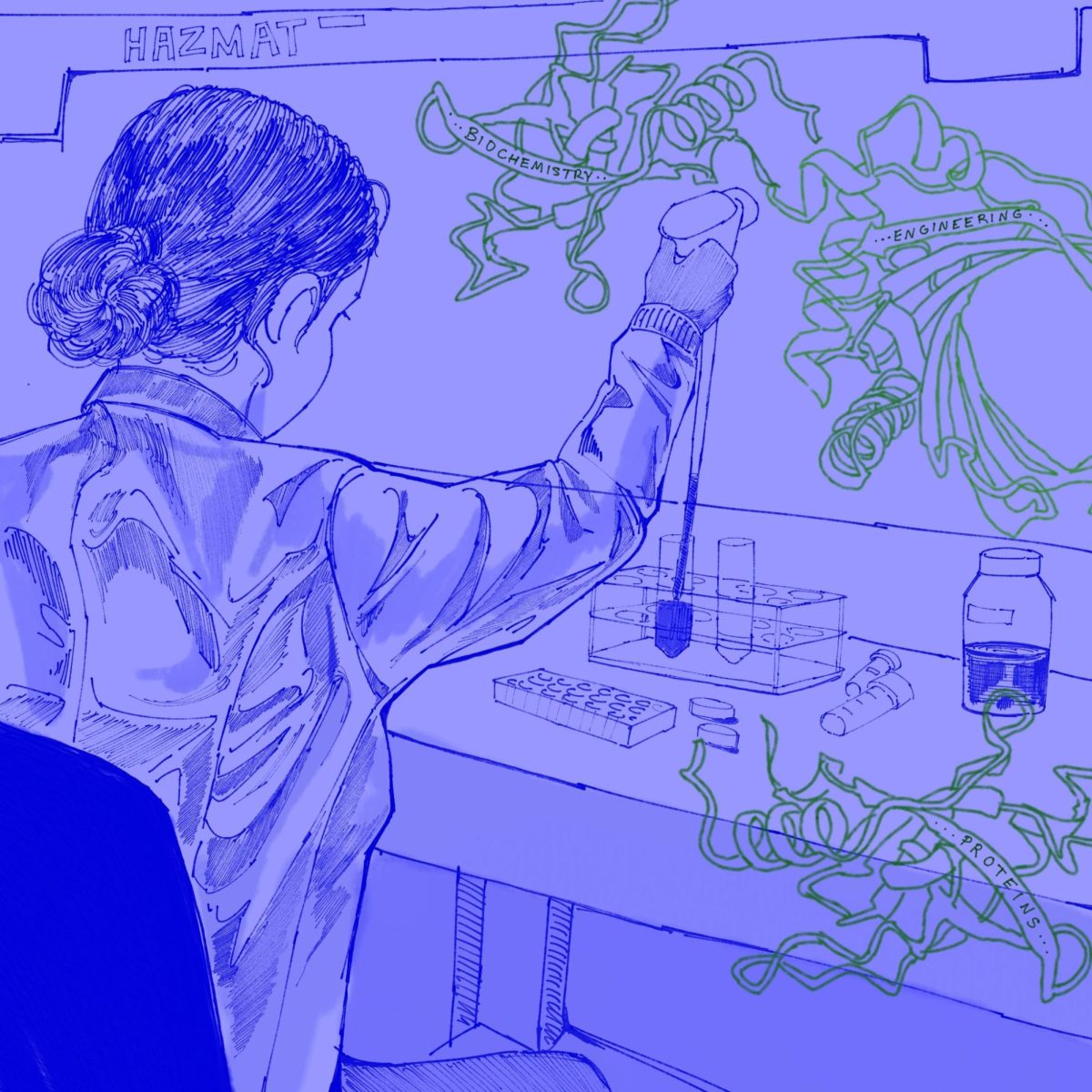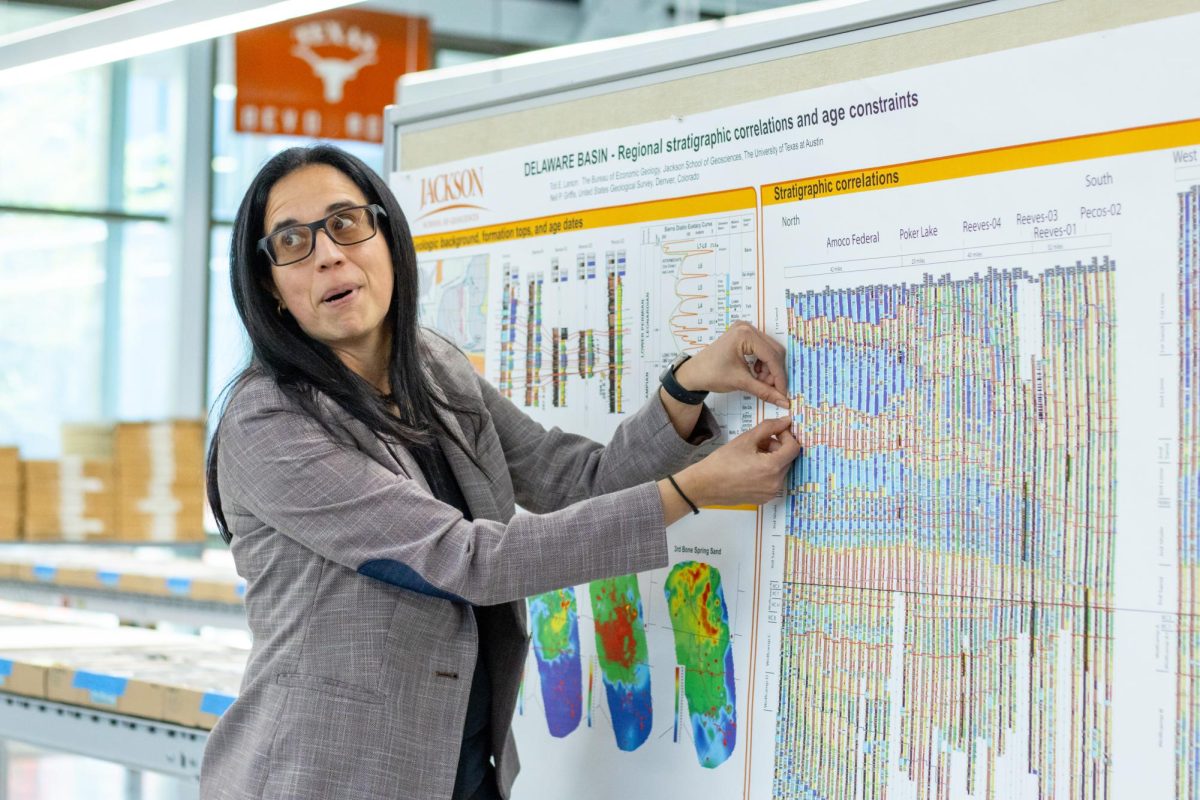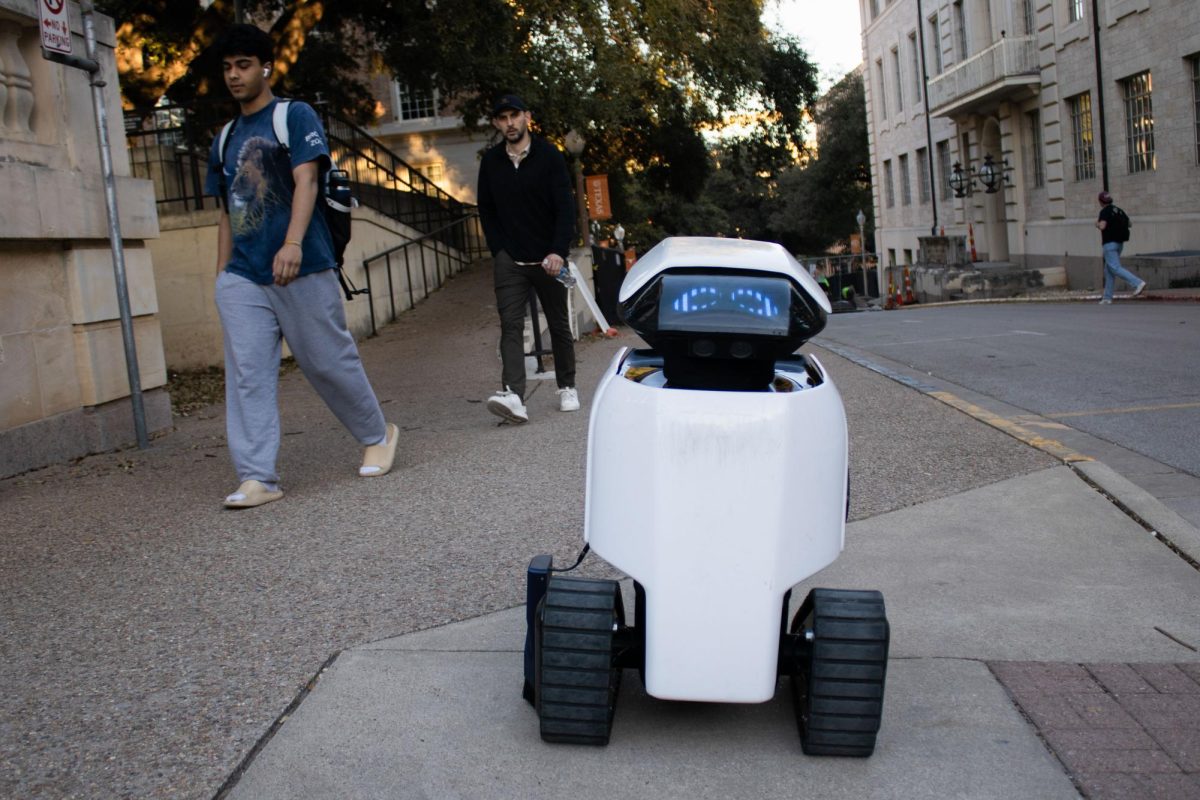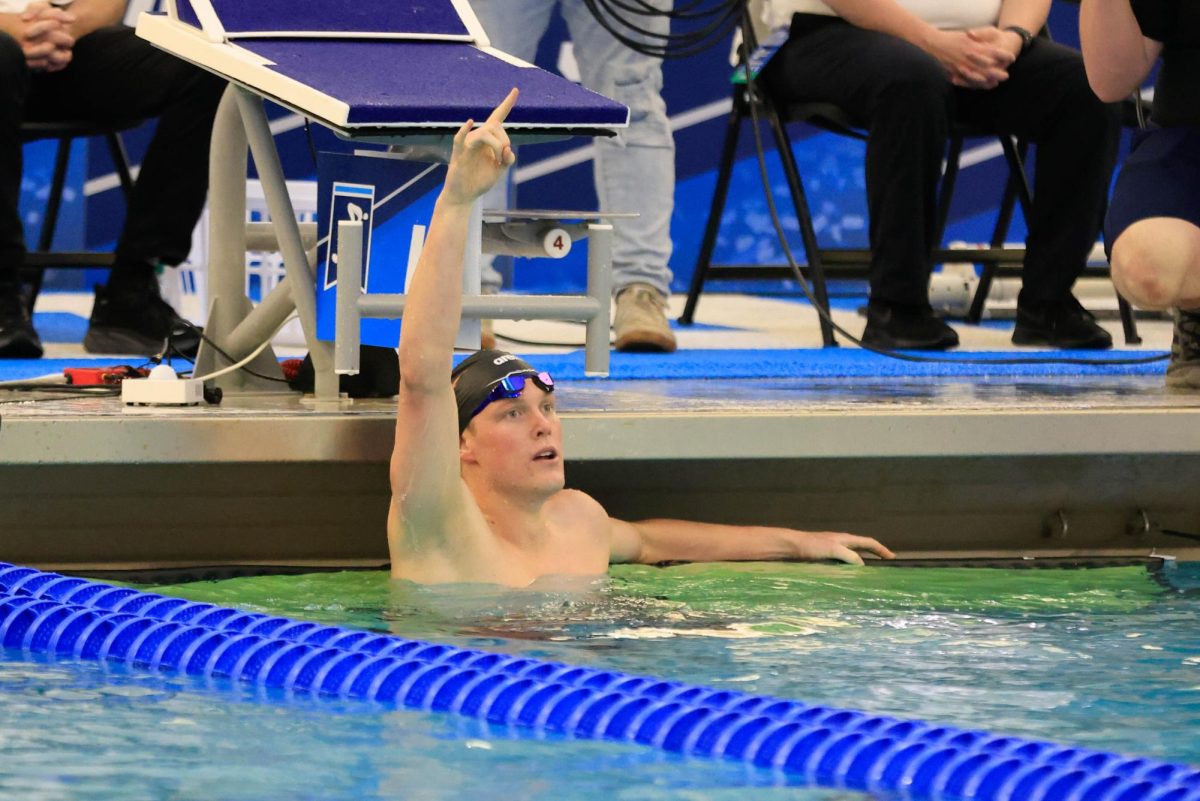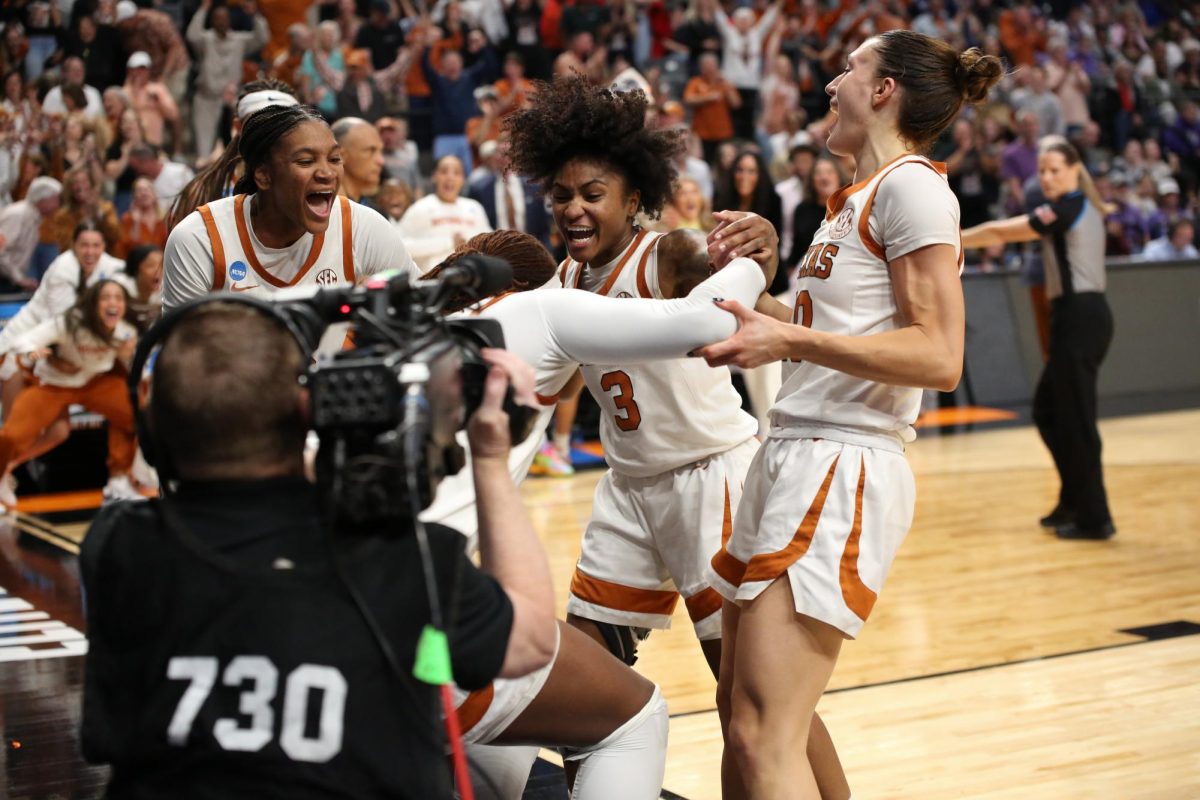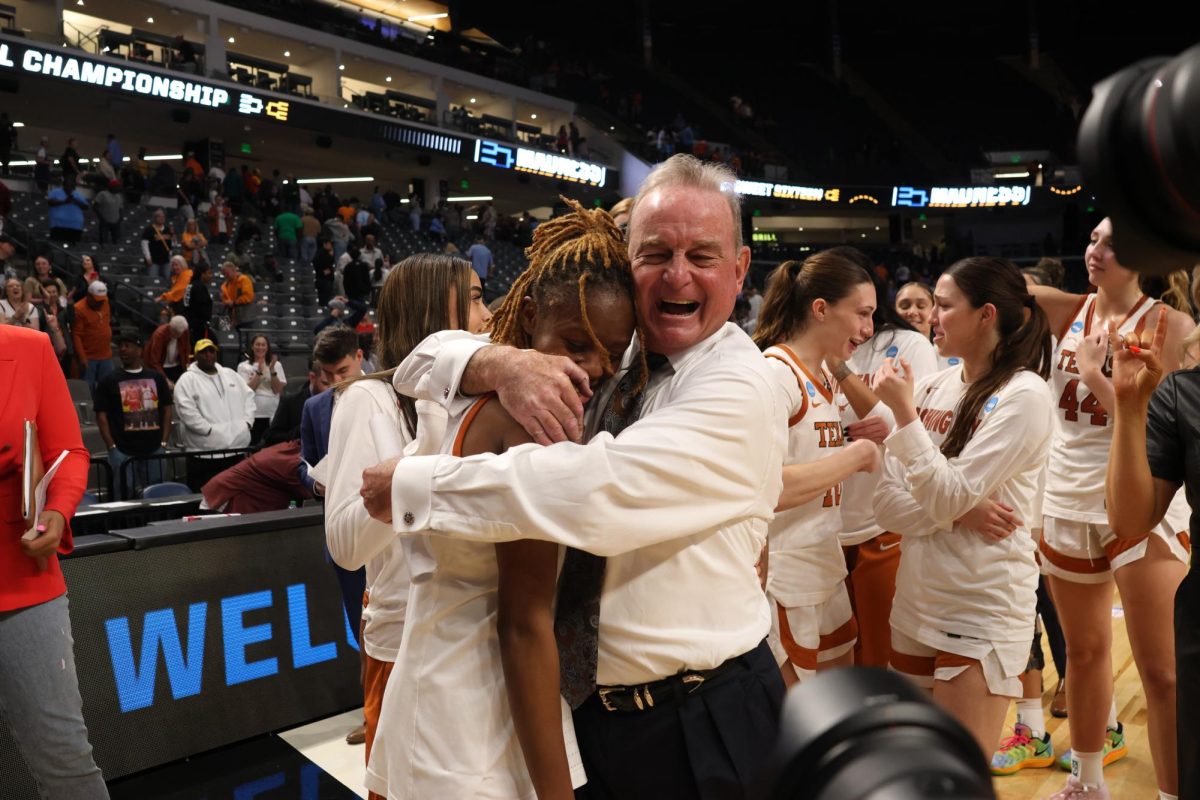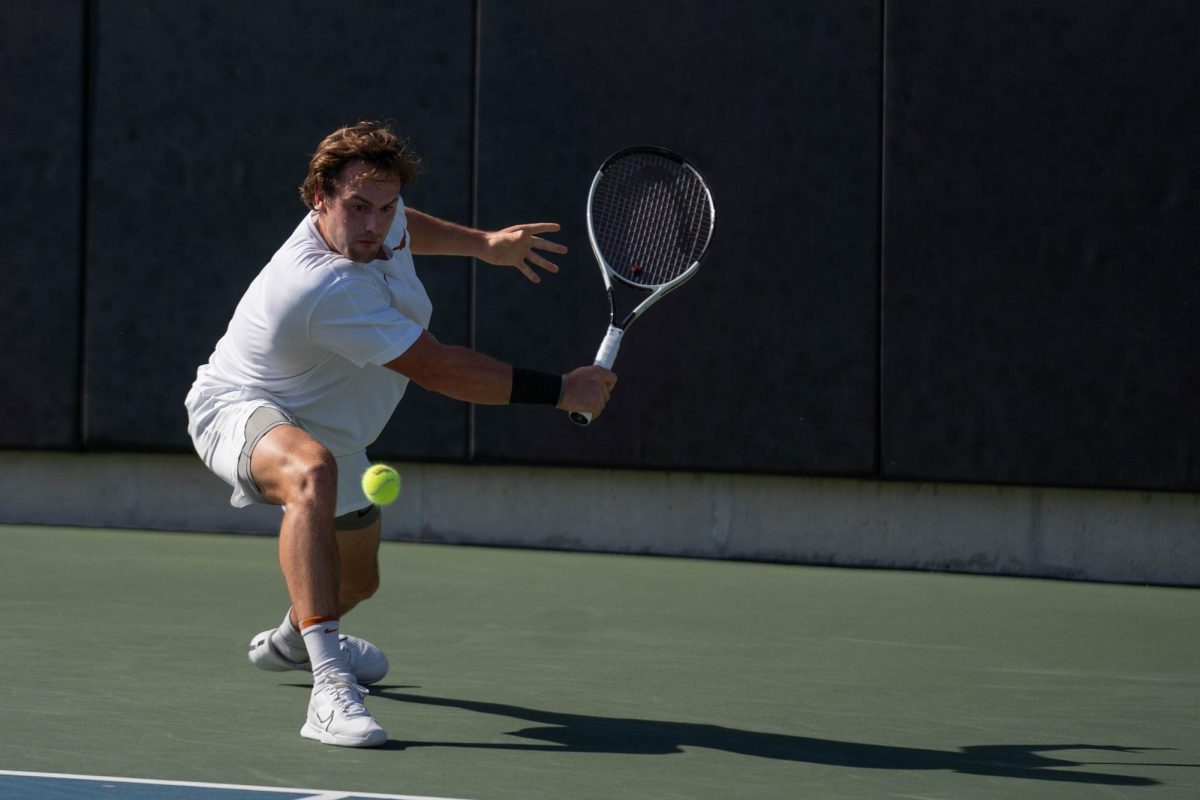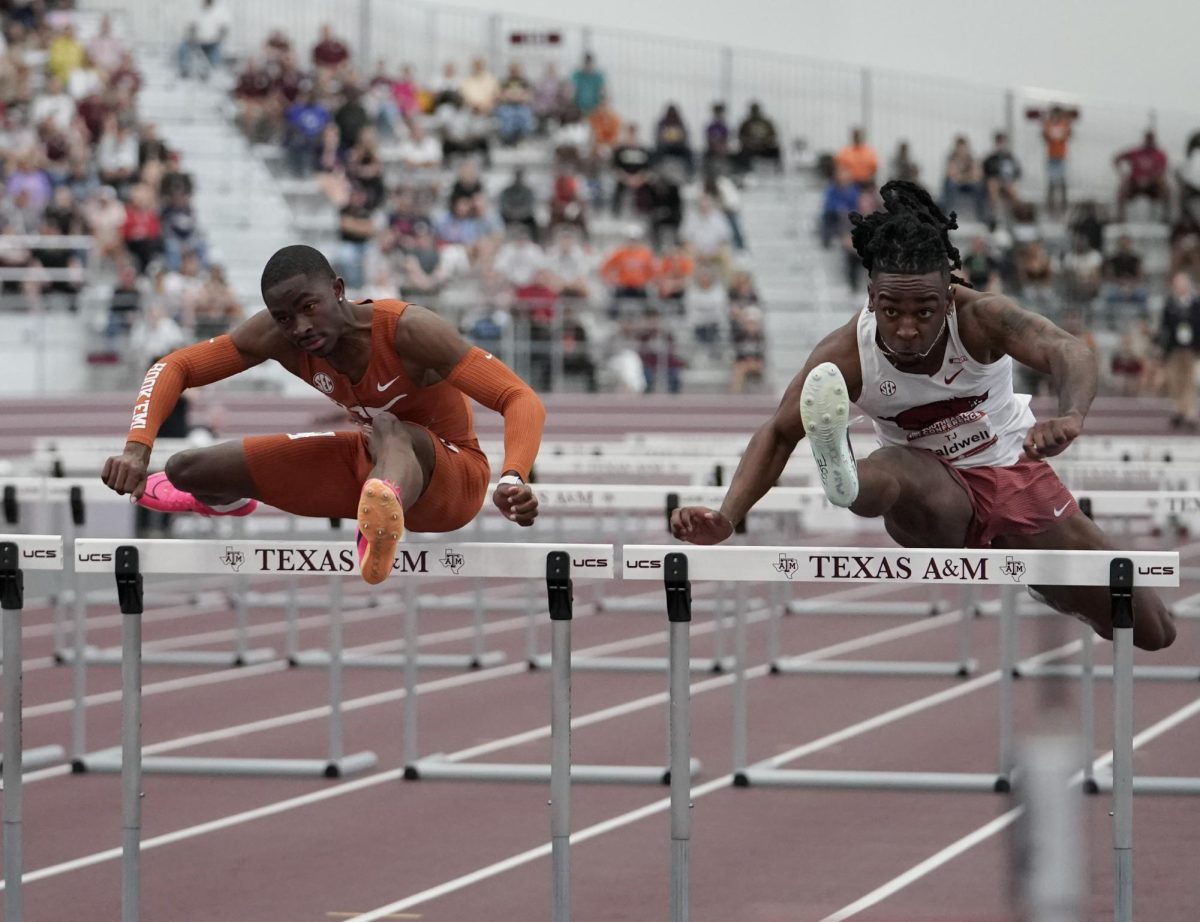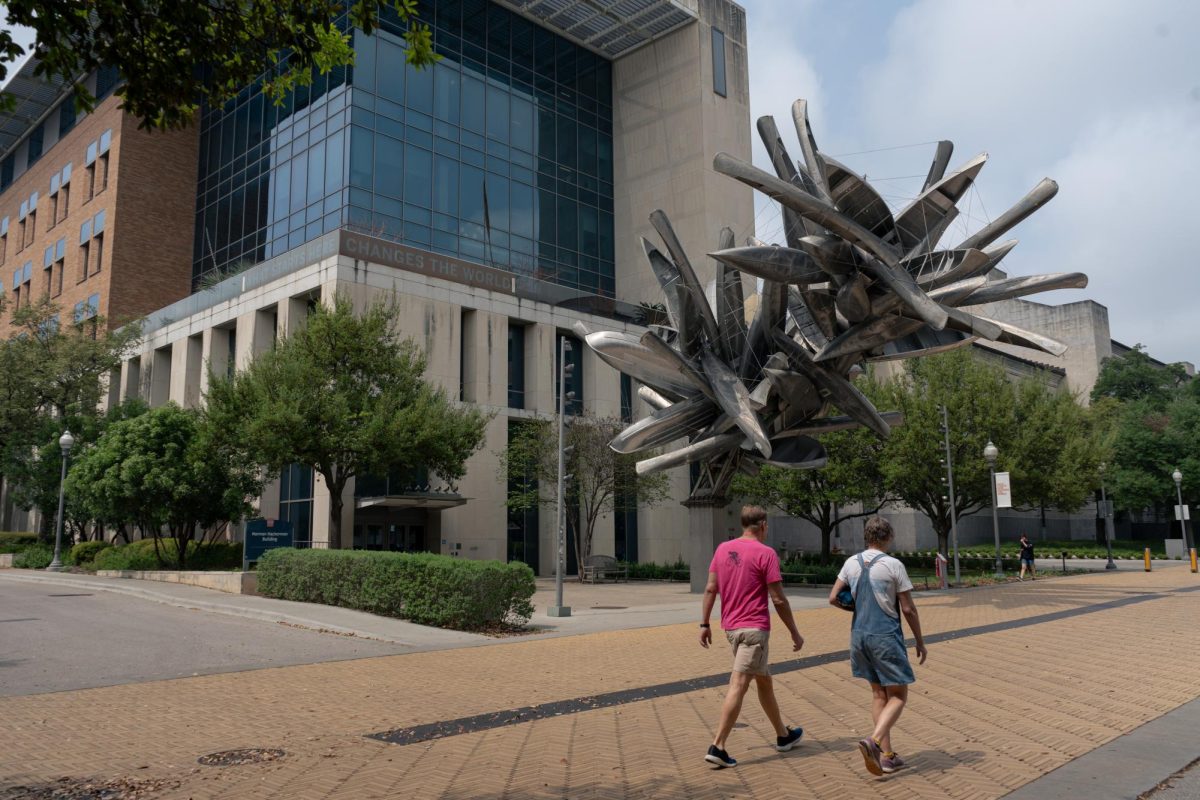A UT alumnus is investing $5 million in UT Austin’s robotics undergraduate program, the College of Natural Sciences announced on March 6.
Venture capitalist Bill Gurley donated the funds to the Texas Robotics program, with the investment being used as a “matching fund,” meaning the program is aiming to match the $5 million by the end of the year with an end goal of $10 million, said Sridevi Rao, the Texas Robotics managing director. While Gurley and UT signed the contract in January, she said the school held off on publicizing any information about the donation until after a panel with Gurley held at UT’s Live Science and Healthcare Innovation Summit on March 4 and 5.
The robotics program is set to start in Fall 2025, and received 3,500 student applications for their inaugural class, which will only accept an estimated 50 applicants. Rao said expansion of the class size will depend on funding and teaching facilities.
“It’s definitely an organizational changing amount for Texas Robotics,” Rao said. “It’s one of the first investments we’ve had in Texas Robotics, hopefully the first of many, and I think it really speaks to the caliber of the program.”
The gift will focus on Texas Robotics’ partnership with Freshman Research Initiative streams, which are research groups made up of first-year students working in science, math and technology-based laboratories. Students in the robotics minor will be admitted into the research initiative automatically. Gurley’s investment will allow for the addition of three new streams, which will be medical robotics, space and robotics and an additional undecided focus in robotics, said Lauren DePue, director for FRI.
“We’re very excited about this new robotics minor that UT has been able to offer, and the funding that is coming in,” DePue said. “It’s just a lot of opportunities for students in CNS and students in different engineering majors to participate in this whole new field.”
Peter Stone, the director of Texas Robotics who runs the intelligent robotics teams, said the new streams will be similar to the one he manages. He said it is experiential and hands-on learning for first-year students.
“We already have some of the best robotics equipment that there is,” Stone said. “We have humanoid robots, we have quadruped robots, we have surgery robots and exoskeletons. This investment is going to allow us to keep current with this rapidly changing technology.”



